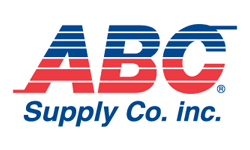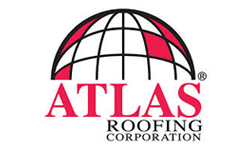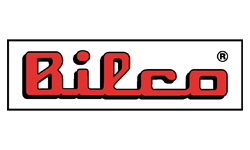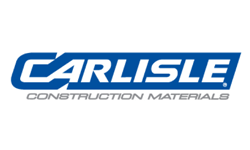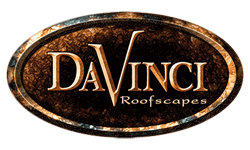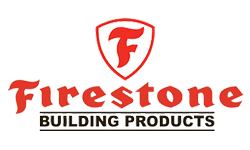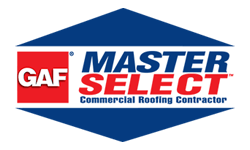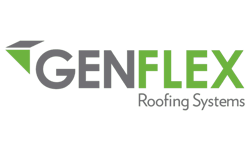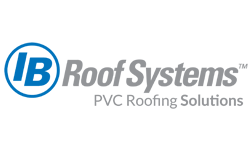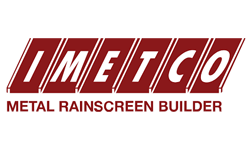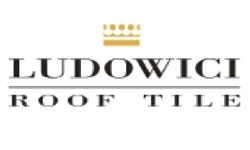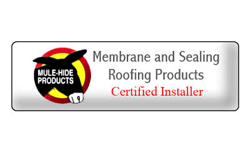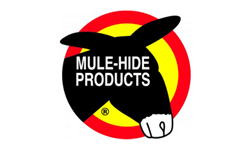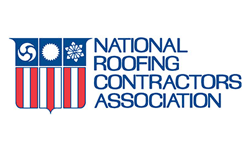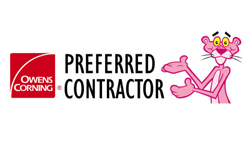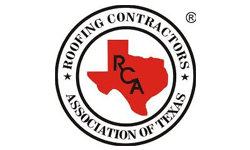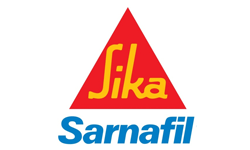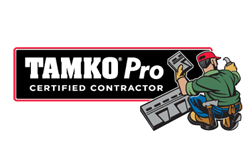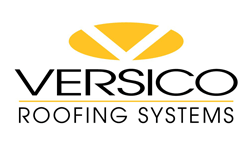Hip Roof vs. Gable Roof: Pros, Cons, and Best Uses
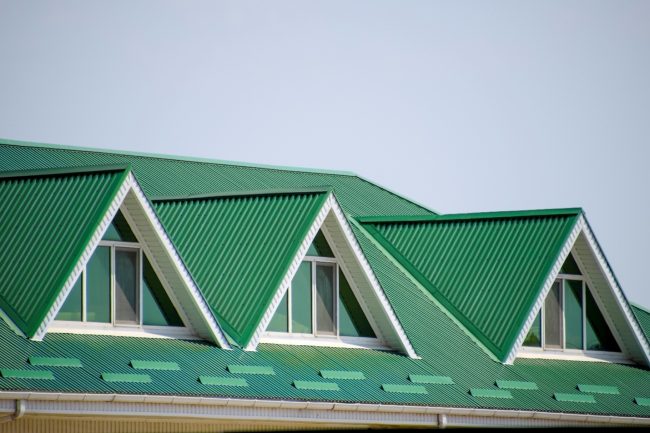
When it comes to building or renovating your home, one of the most important decisions you’ll make is choosing the right roof. Roof types play a key role in the durability, aesthetic appeal, and energy efficiency of your home. Among the many styles of roofs available, hip and gable roofs are two of the most common choices for homeowners. Each design offers unique benefits and considerations, depending on factors like climate, weather resistance, cost, and overall style preferences.
At Clark Roofing, we specialize in providing expert roofing advice and high-quality roofing solutions to help you make the best choice for your home. In this blog, we’ll compare hip and gable roofs to give you a clearer understanding of their advantages and disadvantages, helping you decide which is right for your needs.
What Is a Hip Roof?
A hip roof is a roof design where all four sides slope downward, meeting at a top ridge. Unlike gable roofs, which have two sloping sides, hip roofs are characterized by their symmetrical, inward-sloping sides, creating a more complex design. This unique shape provides several benefits, particularly in areas with extreme weather conditions.
Durability and Storm Resistance
One of the standout features of a hip roof is its ability to withstand harsh weather. The aerodynamic design of a hip roof allows wind to pass over smoothly, minimizing the risk of wind damage. This makes it ideal for homes in areas prone to hurricanes, heavy storms, or heavy snowfall. The roof’s downward slopes also help prevent snow accumulation and water pooling, which reduces the likelihood of leaks and structural damage.
Longevity
The structure of a hip roof also distributes weight evenly, enhancing the overall stability of the home. This balanced weight distribution makes hip roofs incredibly durable, ensuring that they’ll stand the test of time. The robust design means that hip roofs are often favored in regions where structural integrity is a priority.
Disadvantages of Hip Roofs
While hip roofs are known for their durability, they do come with a few downsides. One major drawback is the cost. The complexity of the design and the additional materials required to build a hip roof generally make installation more expensive compared to simpler roof styles. In addition, the inward-sloping sides may reduce attic space, making it more difficult to use the area for storage or living space. Homeowners may also need to install additional ventilation systems to prevent moisture buildup in the attic, especially in hot and humid climates.
What Is a Gable Roof?
A gable roof is a more traditional roof design, characterized by two sloping sides that form a triangular shape at the ridge. Gable roofs are widely used in residential homes because they’re relatively simple to design and construct, offering both aesthetic appeal and practical benefits.
Ventilation and Attic Space
One of the major advantages of a gable roof is the ample attic space it provides. The steep sloping sides make it easier to utilize attic space for storage or even convert it into a functional living area. Additionally, gable roofs offer excellent ventilation, allowing air to flow freely, which helps keep your home cooler in warmer climates.
Water and Snow Drainage
Gable roofs are also highly effective at shedding water and snow. The steep slope prevents water from accumulating, reducing the risk of leaks and structural damage. This makes gable roofs an excellent choice for homes in areas with heavy rainfall or snowfall.
Vulnerability to Wind Damage
However, the simple design of gable roofs comes with its own set of vulnerabilities. The exposed triangular ends can catch high winds, making gable roofs more prone to damage in areas with frequent storms or hurricanes. To increase the durability of a gable roof, homeowners may opt for additional bracing or use durable roofing materials like residential steel roofing to enhance wind resistance.
Durability and Weather Resistance: Hip vs. Gable Roofs
When it comes to longevity and weather resistance, hip roofs generally have the upper hand. Their four-sided design provides more stability and is better suited to handling high winds, heavy snow, and intense storms. The uniform slope helps distribute wind pressure evenly, making hip roofs ideal for areas prone to hurricanes or severe weather conditions.
On the other hand, gable roofs are more vulnerable to wind damage due to their exposed ends. While they excel at draining water and snow, their triangular shape can act like a sail during high winds, leading to potential structural issues. That said, adding bracing or using high-quality roofing materials like steel can help mitigate this vulnerability.
Price and Installation: Hip vs. Gable Roofs
One of the key differences between hip and gable roofs is the cost of installation. Hip roofs are typically more expensive due to their intricate design. The additional materials, engineering precision, and labor required to construct a hip roof all contribute to higher installation costs.
In contrast, gable roofs are simpler to build and usually cost less to install. Their straightforward structure reduces the need for specialized labor and materials, making them a more affordable option for many homeowners.
The Role of Residential Steel Roofing
Whether you choose a hip or gable roof, residential steel roofing is an excellent material option for both. Steel roofs are known for their durability, low maintenance, and resistance to harsh weather conditions. Steel is highly resistant to rust, fire, and extreme temperatures, making it a long-lasting choice for homeowners looking to protect their property.
Additionally, steel roofing helps improve a home’s energy efficiency by reflecting heat away from the home, reducing the need for air conditioning and lowering energy costs. Investing in residential steel roofing ensures that your roof will remain strong, efficient, and attractive for years to come, regardless of the roof style you choose.
Aesthetic Appeal: Hip vs. Gable Roofs
Both hip and gable roofs offer distinct aesthetic advantages, allowing homeowners to choose a style that complements their home’s architectural design.
- Hip roofs lend themselves well to modern, Mediterranean, or upscale home designs. Their clean lines and symmetrical shape create a sleek and contemporary look that enhances curb appeal. Hip roofs are often chosen for their ability to add a touch of elegance to a home’s exterior.
- Gable roofs, on the other hand, are a staple in traditional and cottage-style architecture. Their timeless triangular shape is instantly recognizable and adds a classic charm to any home. Additionally, gable roofs offer the opportunity to create vaulted ceilings or additional living space in the attic, making them ideal for homeowners seeking an open, airy interior.
Which Roof Is Right for Your Home?
The right roof for your home will depend on several factors, including climate, aesthetic preferences, and budget. If you live in an area with frequent storms or hurricanes, a hip roof may be the best option due to its stability and weather resistance. If you’re looking for more attic space, better ventilation, and a lower upfront cost, a gable roof may be the better choice.
At Clark Roofing, we understand that choosing the right roof for your home is a big decision. Whether you opt for a hip roof, a gable roof, or any other style, we’re here to guide you every step of the way. With our expert advice and high-quality roofing solutions, we can help ensure that your roof is both durable and beautiful.
Contact Us for Expert Roofing Solutions
The roof is one of the most important features of your home, protecting you from the elements and contributing to your home’s overall appearance. Whether you’re interested in a hip roof or a gable roof, residential steel roofing is a great choice for durability and energy efficiency. At Clark Roofing, we offer premium roofing solutions tailored to your needs. Contact us today to discuss your roofing options and invest in a roof that will last for years to come.



